Life of Pixel | Wii U30/3/2016 Ah, nothing like the smell of nostalgia in the morning. The last decade or so has seen a huge rise in retro-inspired games, largely due to the amount of freedom now afforded to independent developers and publishers. Everything from Bit.Trip.Saga to Limbo, to Super Meat Boy and beyond have riffed on the past, but none of them have done it in such a beautiful, educational way like Life of Pixel. you’ll need discipline, guts and more patience than Gary Barlow to get through some levels... The level design is also brilliant; the double jump coming into its own as you hurdle platforms, avoid spikes and clear liquid pits of doom. The gravity inversion sections make you think about every move and jump, as you slither along the ceiling. The well placed special gems trick you into committing hari-kiri to get them, something we loved, being so sadistic. The enemies are super too; standard grunts give way to flying bats, to tanks firing guns at great speed. Make no mistake about it: Life of Pixel gets tough pretty quickly, and you’ll need discipline, guts and more patience than Gary Barlow to get through some levels - although only a handful feel unbalanced or unfair, which is commendable. The soundtrack is a retro-gamers delight too, and builds on the nostalgia of the visuals and gameplay to create a delectable mixture. Super Icon have worked with a range of artists from the chiptune movement, resulting in a different tune for every level - music that fits the era and machine. We loved Life of Pixel, and don’t really have anything negative to say about it. The difficulty level might be too much for some, but for the hardened retro-head, or the peewee after a taste of history, this game provides great entertainment. Online leaderboards for speed-runs add an extra level of lastability to an already beefy game - do yourself a favour Wii U owners: buy it.
Pros
Cons
Score: 9/10 Joe Dever's Lone Wolf | Xbox One28/3/2016 If you read our review of The Banner Saga, you’ll know that we appreciated its charming reminiscence of a classic Choose Your Own Adventure book, and lamented its initial attempt to seemingly deny that fact. Joe Dever’s Lone Wolf doesn’t suffer the same deception; it’s an interactive Choose Your Own Adventure through and through, which is all the more endearing as a result. It’s nothing particularly innovative, but there is meat on the system's bones, and experimenting unearths tactics that can prove satisfactory when you resultantly slay Giaks with efficiency. Detailed and evocative writing conjures a story that is consistently engaging, though it's a while before you can really invest in any of its characters. A wealth of branching possibilities encourage active narrative engagement; you’ll inevitably wonder whether you reached the ‘right’ conclusions, what might have been if you’d made a different decision, or whether you perhaps could have travelled a completely different path afforded by differing character abilities. Players must manage Lone Wolf’s vitality, endurance and Kai power (mana) carefully, which can lead to some uncharacteristic decisions, made only to preserve these resources. They can each be restored through the consumption of potions, or by resting, either at a camp or by paying for accommodation. The former opens you up to attack, which brings us to the game’s turn-based combat system. Resource preservation is so important as they’re each integral to your success - you’ll require endurance to perform both offensive and defensive manoeuvres, Kai power to cast spells and employ use of the Sommerswerd sword, vitality to stay alive. A timing-based system keeps you on your toes, as if you delay for too long you’ll plain miss your turn, but you’ll often want to delay for as long as possible to regenerate endurance and buy time for ability cooldowns, before launching a multi-move assault in a tempting risk/reward proposition. Landing manoeuvres requires the completion of a quick time event, so you’ll need to remain vigilant at all times. It’s nothing particularly innovative, but there is meat on the system's bones, and experimenting unearths tactics that can prove satisfactory when you resultantly slay Giaks with efficiency. Satisfactory whilst somewhat lacking is a comment that extends to the game’s presentation, which is mundane, whilst getting the job done. Combat sections could’ve been pulled from an early Xbox 360 release and the tome and neatly integrated menus are inescapably unexciting visually. By the same token, there’s nothing wrong with soundtrack, though nothing sets it apart either, you’ll have heard similar many times before.
The transition from touch and mouse control on their respective platforms to a console game-pad also presents issue, as cumbersome menu navigation clearly results from their initial design. We also question how at home this sort of experience is on a static console - you don't generally hit the couch, controller in-hand, to read a book on the telly. You do, however, pull out your touch device for a blast from an e-book - and this is a badass e-book! Despite its drawbacks, if Joe Dever’s Lone Wolf sounds to be of interest to you, don’t hesitate to pick it up. When it's available cheaper and more accessibly elsewhere, we’d just recommend thinking twice before purchasing the Console Edition. Pros
Cons
7/10 Originally released back in late 2014 for both Nintendo 3DS and Wii U, Shantae and the Pirate’s Curse is a rare commodity in today’s gaming landscape - a modern take on the classic precision platformer, drawing inspiration from the likes of Sonic the Hedgehog, Metroid, Ducktales, Megaman and more. Whilst you might think that makes it anything but a rarity, the fact it matches these classics on all fronts sets it apart from the rest. The game's perfectly married retro/eastern soundtrack will have you bhangra dancing in your seat. Whipping your hair back and forth, whipping your hair back and forth - sorry, couldn’t resist - serves as Shantae’s basic form of offence, and the trusty ol’ Monster Whipper can be upgraded by spending gems you’ve collect at the store. Here you can also purchase altogether new moves to expand your arsenal, and inventory items to be activated when in need of a time-constrained buff. These range from rejuvenating potions and defensive shields, to damage-dealing orbitals and raw attack power boosts; you’ll want to use these to your advantage, as in the later stages, Shantae provides the stiff challenge you’d expect of the genre. We have to give special mention to the game’s achievements, which are actually true to the term. Defeating bosses without taking damage, clearing a 16-screen segment without getting hit whilst unable to attack, completing a speedrun; they sound torturous, but they’re all doable by most with the investment of some time and patience. We had a lot of fun in their pursuit and they’ve definitely both improved our platforming skills and encouraged future playthroughs. What's more, each of the 44 unlocks boasts a piece of artwork that’d look right at home as anybody’s background. If there’s one criticism we can muster, it’s that your current objective isn’t always clear. This falls down to the aforementioned Metroidvanian twist, as on occasion you’ll need to backtrack - baring new skills - in order to unearth previously inaccessible areas, and subsequently the key items they hold. In these instances you aren’t offered much help beyond obtuse hints, which can lead to bouts of aimless meandering as you wonder where you should be, what you should be doing, or who you should be speaking to.
Aside from that, Shantae and the Pirate’s Curse is a thoroughly good time! Its sense of humour will make you laugh, its perfectly married retro/eastern soundtrack will have you bhangra dancing in your seat, the gameplay will keep the controller in your hands long since you should’ve put it down. Simple, elegant and upbeat, Shantae joins Shovel Knight in the pantheon of modern-classic precision platformers. Pros
Cons
9/10 Star Ghost | Wii U22/3/2016 Star Ghost proves yet again that the Wii U’s lack of third party support is insignificant when you have top quality independent developers on-board. Upbeat, electronic music drives you forward on your quest. The visuals are beautiful too, with the crisp bright colours of the enemies and pick-ups juxtaposing nicely with the dark backdrops of space. The way enemies and asteroids dissolve under the might of your guns is immensely satisfying and commendable, especially for a game built by one man (and off the back of initial iOS game Star Drift). The fact that these enemy patterns and terrains are procedurally generated makes the game even more impressive. The music and audio are also splendid, with another Rare alumni, David Wise, providing the soundtrack. Upbeat, electronic music drives you forward on your quest - our personal favourite piece features at the end of each stage, and is reminiscent of the tunes from TV show The Weakest Link, something that brought a smile to our cynical faces. The sound effects from the guns and enemies works fantastically well in tandem with this (especially the laser power of the vaporiser!), add to that the warm yet sardonic voice over (“great run, Commander”) and you have an aural success. The only issue we have with Star Ghost is the lack of online leaderboards, something that would add so much life to the game. For an arcade shooter to be missing that in this day and age is a real shame, but we’re sure we’ll get over it. There aren’t any other game modes either, but this really isn’t a big deal when the game provides such a steep difficulty curve and challenge. If you’re looking for something new to play on your Wii U, then we strongly suggest you get yourself Star Ghost. £7.99 is a steal for the sheer amount of hours you’ll get out of it, blend that with the satisfying control scheme, gratifying guns and super duper soundtrack and you have a real treat. Pros
Cons
8/10 Joe's Diner | Wii U18/3/2016 Well, well, well, if it isn’t an early candidate for worst game of the year: Joe’s Diner on Nintendo Wii U. We toiled in earnest to find something enjoyable about this game, but no matter how hard we tried, the well ran dry. The audio sounds cheap, bland and totally uninspiring, the gameplay is downright gruelling, the design is plain bad - somehow it even runs terribly!
Ultimately, we found ourselves running down the timer by staring out of the window at the poorly implemented horizon, praying for release from a world of heinous banality. Even at £5.99 this game is massively overpriced; go and watch some paint dry instead. Pros
Cons
Score: 1/10 There’s a chance you’re already familiar with the name The Witch and the Hundred Knight –while it’s not a brand new release in its own right, the Revival Edition is a passable remake of a previous gen release, with added glitz and glamour and a couple of well-rounded new features thrown in as well. Your weapon choices are varied and because you can equip any combination of up to five at a time to create lethal combos, your options are almost endless. Indeed, we found it was quite possible with the right combination of higher-level items to decimate pretty much everything in our path – including the boss encounters. The dodge function works well, and the ability to employ the use of various helpers called ‘Tochka’ means you can make good use of all areas of the various maps, and offers more exploration possibilities as you progress. These maps are relatively easy to traverse, with numerous checkpoints in the form of pillars that you need to attack to make them bloom, and each is scattered with a decent variety of enemies. Each area is designed differently and there’s not a great deal of repetition in the environments, which range from lush forests to sparse desert. Careful exploration of each area is key here, because while Hundred Knight is away from the swamp (and therefore Metallia) he can only carry on as long as his GigaCal counter is not depleted. Once this happens, Hundred Knight will be significantly weakened, with both attack and defence powers being reduced by 30%. This condition will persist until the GigaCals are replenished. There are a few ways to replenish them – you can use consumable items, you can trade grade points obtained through combat to fill the meter slightly, or you can consume your enemies once their HP is low enough. Reducing them to low HP will result in the ‘consume’ action prompt, and using this will result in a ‘Quick Time Eat’ (yes… QTE) screen where bashing the triangle button as quickly as possible will earn you a GigaCal bonus. The whole system can feel a little tiresome after a while and adds a level of frustration you could probably do without. The Witch and the Hundred Knight, much like many releases by NIS, is quite niche and isn’t going to appeal to everyone The world around Hundred Knight is full of unique, humorous and sometimes cruel people. Character and world design is very much reminiscent of Disgaea, which may put some people off with its cartoony visuals and often child-like humour. In typical anime style, none of the women are particularly well covered up either, which can be a little irksome (admittedly this is a bug bear of mine in games anyway). The English dub is well done and the voices suit the characters, however there is an option to change to Japanese if it suits you. The Revival Edition offers a brand new game mode in the form of The Tower of Illusion, where you can offer up weapons to battle floor upon floor of enemies in an effort to obtain powerful new loot. This new area also allows you the opportunity to summon the swamp witch Metallia to fight alongside you. Collecting catalysts in the Tower will also give you the opportunity to use alchemy to improve your weapons. It’s also seen a visual upgrade from the original, and as a result looks much more vibrant and generally nicer. The Witch and the Hundred Knight, much like many releases by NIS, is quite niche and isn't going to appeal to everyone. However, it is great fun to play, and a challenge if you want to completely master it. The visuals are fun and bright, the character development is brilliantly done and the story is the main focus which is so rare these days it needs commending.
It’s never going to break out of the niche market it appeals to, but it is a genuinely decent game let down only by a couple of convoluted systems that many won’t have the inclination to bother with. If Disgaea and the like appeal to you, then The Witch and the Hundred Knight: Revival Edition is well worth your time. Pros:
Cons:
Score – 8/10 Typoman | Wii U17/3/2016 Move over Suze in dictionary corner, the Typoman is here and he needs your beloved vowels and consonants to escape a land fraught with danger. A puzzle-platformer with an almost blatant love of Limbo, Braid and Scrabble, Typoman flirts with greatness in the early rounds, before slumping to the canvas in its later stages. The word puzzles are an original concept, but Brainseed haven’t quite got it right here, which is a real shame. Early puzzles require you to spell out simple words like ON to turn on (unsurprisingly) a lift, or feed a hungry monster the letter D to change its gorge into gorged. These are all really well done, but they never get any tougher (many words get repeated over and over), and that’s a real issue here. If you ever do get stuck (and you probably won’t), the immensely flawed hint system won’t just give you a clue, it’ll tell you the whole shebang whether you want it or not, like the office gossip after the Christmas party.
The first hour of the game is wonderful, and really had us inking down an eight or nine out of ten, but unfortunately the game repeats itself, and uses cheap tricks instead of a genuine learning curve to pad out the length of the adventure. We really hope Brainseed Factory take Typoman back to dictionary corner, add some more words, replace the over-long purposely irritating puzzles with genuine linguistic challenge, and they’ll have an underground classic. Until then, wait for a price drop to pick this one up. Pros
Cons
6/10 Better late than never, as they say, Darksiders II: Deathinitive Edition recently popped into our lives - a Zelda-esque, dungeon-exploring, overworld-adventuring treat for us to behold.
Darksiders II: Deathinitive Edition is excellent from a design standpoint, but technical issues hold it back from being the classic it legitimately could have been. As you lay waste to your enemies and gain experience, you’ll level up to receive upgrade points, which can be spent on numerous active abilities to incorporate into your arsenal. There’s a wide range to account for many playstyles, examples being a health-regenerating slash attack, a damage-absorbing shield, and the ability to summon necromantic minions to fight by your side. The combat’s at its most satisfying both when you find a loadout that works for you, and when it comes to boss fights. Present in two forms, some of the hulking bosses require a Souls approach; locking-on, circle strafing and dodge rolling to uncover the perfect moment in which to launch your assault. Others pose more of a traditional, multi-staged and puzzle focused fight; the balance stricken once again ensures things never grow tiresome. Whilst Darksiders II pulls its many systems off well, the kitchen sink style of design makes it somewhat a Jack of all trades, master of none. Numerous technical issues also hold the game back, particularly abundant and significant framerate drops which occur even in empty locations with little to render. There are also needlessly restrictive invisible walls, instances of items falling through the floor, missing sound effects, and even a glitched sidequest that forced a full game restart - whilst it didn’t impede progress, it did negate an achievement we had our eye on. On the whole, Darksiders II: Deathinitive Edition is excellent from a design standpoint, but technical issues hold it back from being the classic it legitimately could have been. It’s a gamer’s game that’s easy to like - a lot - but hard to love. It’s a game we recommend, but most of all, we recommend keeping a keen eye on the upcoming sequel - if it can reach its full potential, we'll have something very special on our hands! Pros
Cons
8/10 Tom Clancy’s The Division | Xbox One15/3/2016 Games are, first and foremost, supposed to be good fun. While Tom Clancy’s The Division might not be sweeping the board at the Game of the Year Awards this year, it has that sense of fun hidden in it that is so often lost in modern games, particularly those from Ubisoft. The experience of actually playing the game (once you’re past a tutorial area, which is straightforward enough to ease in novice players, and quick enough not to be too much of a hindrance to players who pick it up more quickly, for whatever reason) is fairly well thought out. While your character won’t be as unique as an in-depth RPG like World of Warcraft, there’s enough customisation, and abilities and perks to unlock, to make your character feel like your own - though if you spent hours agonising over creating your character in Fallout 4 or even GTA5 then prepare for disappointment. ...focusing on what you do get, rather than what you don’t, will lead you to a game which is good fun and with more depth than you might expect In many ways, The Division seems to want the best of both worlds - arguing that the game can be enjoyed just as much in single player as with others in your group of up to four players. This is debatable, as really it depends on how you play, and how invested you are in the world you have created. On the sliding scale of detailed, rich environment to fleshed-out engaging and unexpected story, Ubisoft have definitely banked on the former, offering countless audio logs and other collectables which will deliver tiny pieces of the overall jigsaw (and, in fact, there’s even a tie-in featurette which says more about how the outbreak began, if you really want to delve deep). Whether that approach works for you is really down to personal choice, but in playing the game itself it’s fairly easy to soak up as little or as much of it as you like. What really makes the game worth playing is the challenge of working as a team. Although characters aren’t defined as archetypes like Tank, Support or Ranger, by carefully reading the explanations for the various skills (which you use once in battle, then recharge over time), talents (which give special abilities to weapons and armour) or perks (passive bonuses like an additional medkit slot or a boost to EXP), can lead you to customise your character to suit your playstyle. Plus, you can always go back and redistribute skill points, meaning that the learning curve is relatively flat. Obviously this does mean that the characters themselves aren’t that varied to each other, but if you play together with other players who specialise in specific types of weapons or styles of play, natural roles begin to form. From this point of view at least, the game succeeds in being more accessible than its comparators, most commonly Destiny, but in many ways the Borderlands series might be more accurate. The game shares some DNA with Destiny, not to mention numerous bumps in the road of development, but in essence The Division is designed as a realistic, grounded experience. Even the most outlandish of enemies (whose AI could use a leaf out of Bungie’s book now and again) are relatively easy to figure out, following all the usual conventions you’d expect. Later in the game, once you get through the story missions on offer, which do offer a fair chunk of playtime, but perhaps could do with some more ideas about how to present you with some baddies to kill, perhaps making more of the criminally underused ECHO surveillance projections for a start. Scouring The Dark Zone can prove to be a rewarding task, but also a frustrating one, as the thrill of finding a fantastic weapon can be spoiled by other players turning on you as you try to extract it. It’s here too that the comparisons with both Destiny and Borderlands feel strongest, as you are left wrought with indecision about whether to sell or deconstruct weapons, craft or just buy new gear, and since the loot is all based in reality, it mostly behaves as you would expect, meaning there’s not as much excitement to picking up an unusual new weapon, as it will almost always be similar to what you already own.
Mechanically the game functions, and despite forcing you to click a stick to go back into sights every time you reload, the general gameplay is fluid and easy to pick up and play. Herein lies where The Division will really divide people (no pun intended....), in that trying to appeal to all audiences can often leave people feeling short-changed - just as they did with Star Wars Battlefront, and no amount of additional content or future areas which may become unlocked will change that. In the end The Division ticks a number of boxes which players may have been waiting for, but doesn’t quite realise the full potential of what we saw when the game was originally revealed. It’s not quite over-promising and undelivering, but putting that aside and focusing on what you do get, rather than what you don’t, will lead you to a game which is good fun and with more depth than you might expect. In a choice between style and substance, the game in the end falls on the side of substance, but there just might not be as much variety on offer to satisfy what people are looking for. Pros
Cons
Score 7/10 HITMAN - Intro Pack | Xbox One14/3/2016 We’re not sure about anybody else, but we keep a wary eye out for people with barcodes on the back of their heads. We’re also not sure if that's some sort of ‘ism’, but the Hitman series of video games suggests they're bad news; mere products of mad scientists without thought for the risk of not giving them hair. Maybe when protagonist Agent 47 completes a hit, he returns to HQ to have the back of his head scanned through a checkout and get paid? This time around those things still ring true, but added are the few strong elements from Absolution, making for a product that’s the best of both worlds. The hand-to-hand combat and improved gunplay are kept, along with an overhauled version of instinct mode, which is thankfully no longer a requirement for disguise. Instead there are select characters who will be suspicious of your disguise if you get too close, which is a much more simple and effective system - thanks to this being discreetly indicated to the player, it makes for a simple way to understand the routine AI of NPCs. Outside of that tweak, instinct still works to mark your target, as well as points of interest and other NPCs, in much the same fashion as Batman’s detective vision. What makes HITMAN stand out most of all is that anybody can play it... everyone is catered for Opening tutorials help to introduce the various ways you can carry out hits, undoubtedly a welcome feature for newcomers overwhelmed by the breadth of choice afforded to them. Despite that, they aren't exhaustive, as there's so much depth in the opportunities and equipment available that replaying the same hit will never be the same - let alone the limitless variations Contracts mode offers (more on this later). The best way to play is obviously to explore and discover things for yourself, probably by messing up big time and finding a new opportunity in the room you escaped into. We’ve performed hits guns blazing, opportunistically pushed people from ledges, blown up chandeliers to crush those below, even killed someone with a rubber duck. Whether you like to run in and hope for the best or be patient and learn patrol patterns, everybody is accommodated. As an episodic release you only receive the two tutorial areas and the first fully fledged area, Paris, in the Intro Pack. Whilst that may sound sparse, at less than £12 it’s more than worth it. Blood Money is generally considered the series high point and HITMAN is more of that, only with more health and safety nightmares to take advantage of in larger sandbox areas. Returning players will feel right at home, whilst the cheap price should attract newcomers. If the price point isn’t enough to draw you in, maybe Contracts mode will be. Introduced in Absolution, Contracts is a game mode that sets players the task of creating their own hits, the only limit being your own skill, as you’ll have to complete the hit yourself in order to publish it. You can choose from thousands of player created hits and create your own by targeting any NPC and taking them out whilst in the creator. Whilst you can have targets taken care of however the player chooses, the better hits are the ones with odd prerequisites, for instance, someone might specify you need to become an axe-wielding maniac dressed as a waiter, so you’ll need to find a waiter outfit and an axe before even contemplating the hit. That's just a small example, as there are nearly limitless ways to murder, and it's this that makes the game a joy to play. If you can’t get online to partake, single player missions do have built-in challenges that offer some similar bouts of fun. 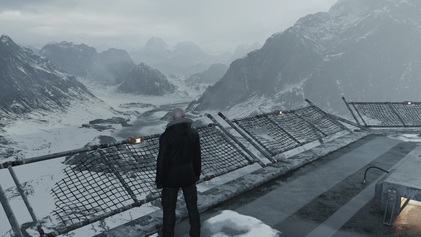 The story isn't even worth mentioning, which might somewhat alienate those brought into the fold by Absolution and its narrative focus, but gameplay has always been the series’ main focus and importantly that’s nailed here. What makes HITMAN stand out most of all is that anybody can play it. People burned by Absolution, fans of Absolution, newcomers, stealth fans, shooter fans - everyone - is catered for. Hitman has never been so satisfying and has never offered so many hours of entertainment, despite its drip-fed episodic release format. It’s a cracking return to form, of which we’re eagerly awaiting the next content drop. Pros
Cons
Score TBD, check back when the game is content complete Looking for a second opinion? Check out Sam's thoughts on the PlayStation 4 version. |
READ MORECategories
All
Archives
December 2023
|
Pass the Controller |
|
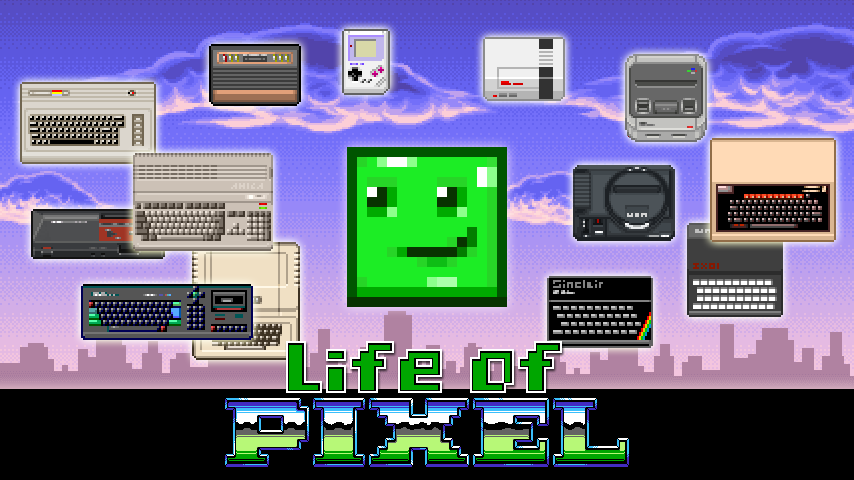


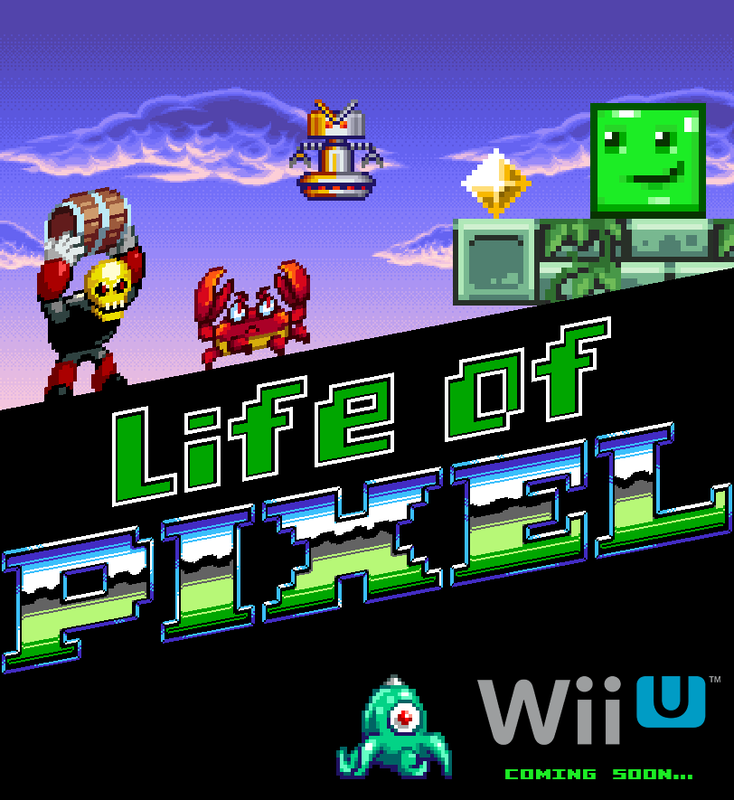
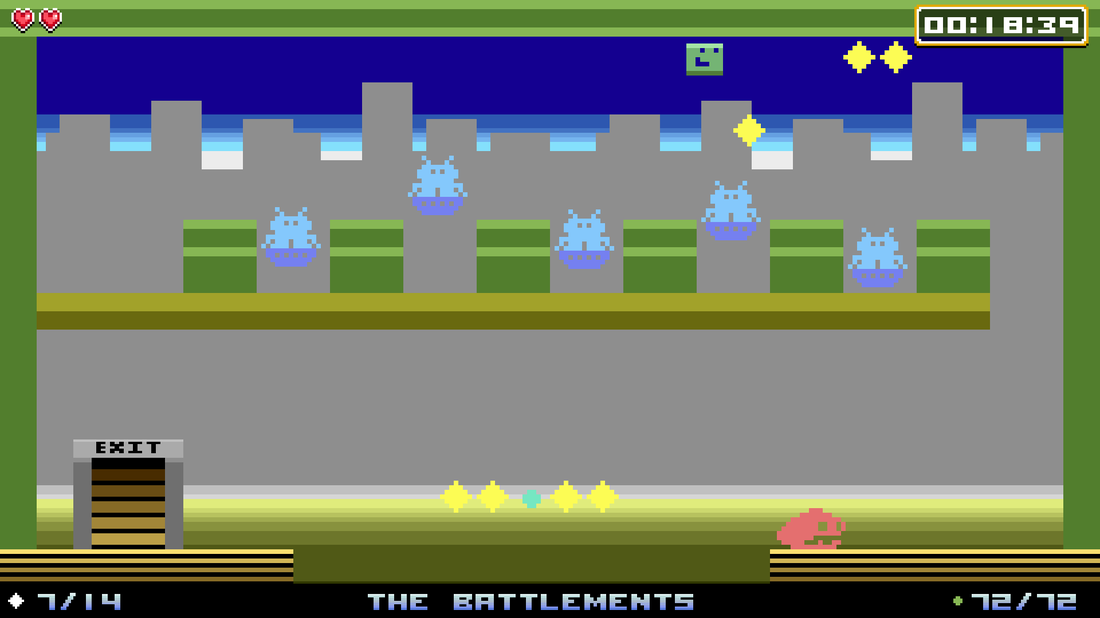
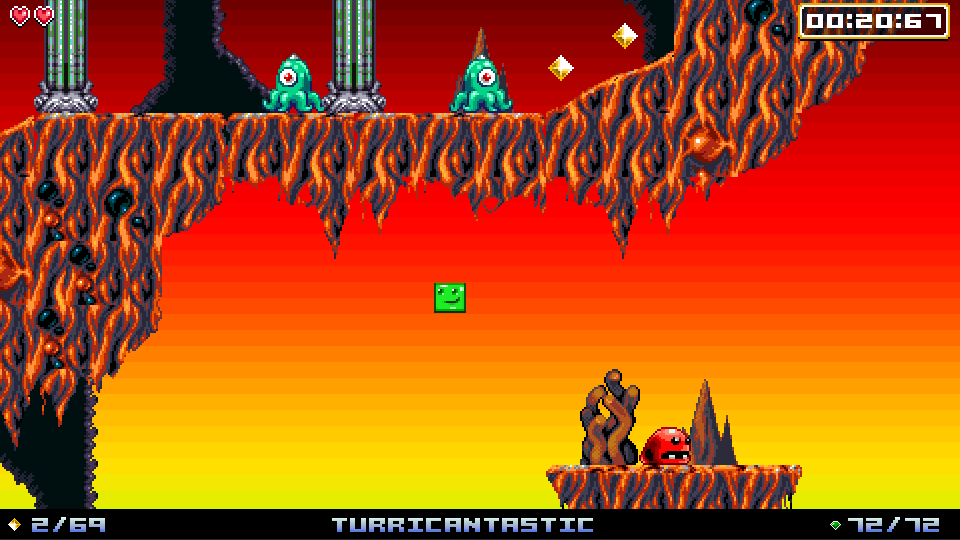
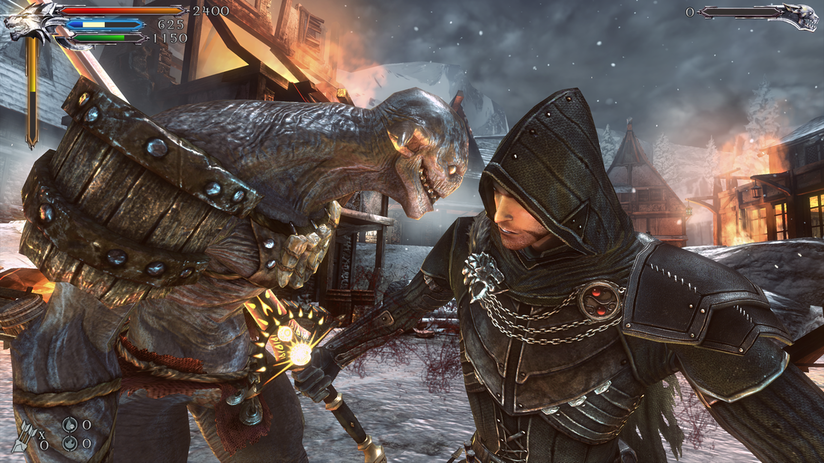


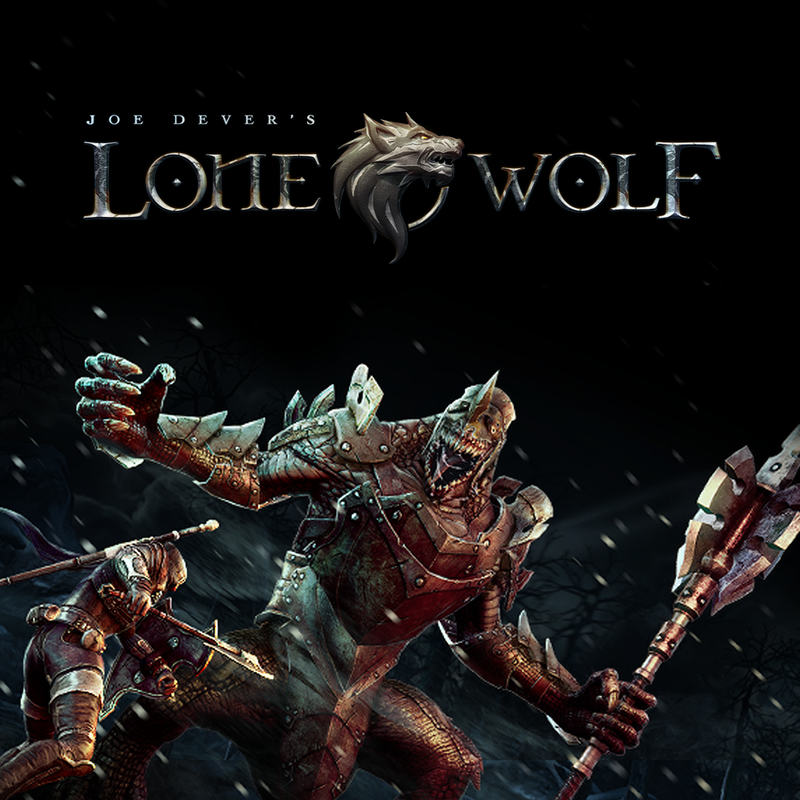
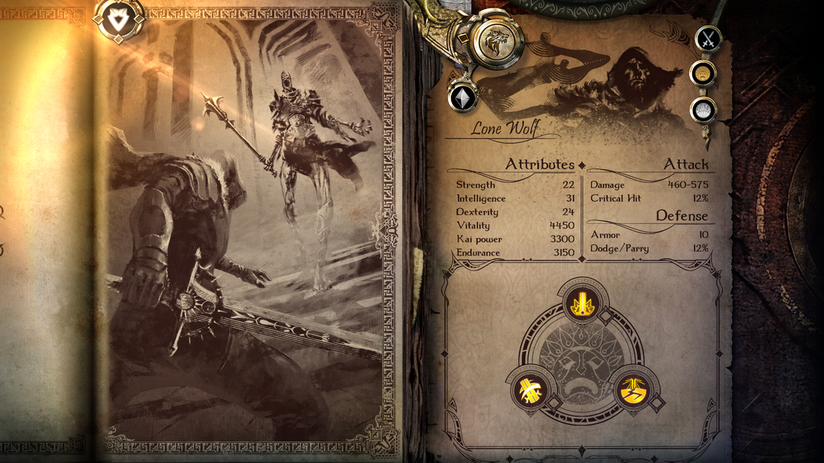
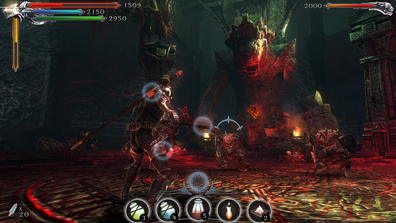
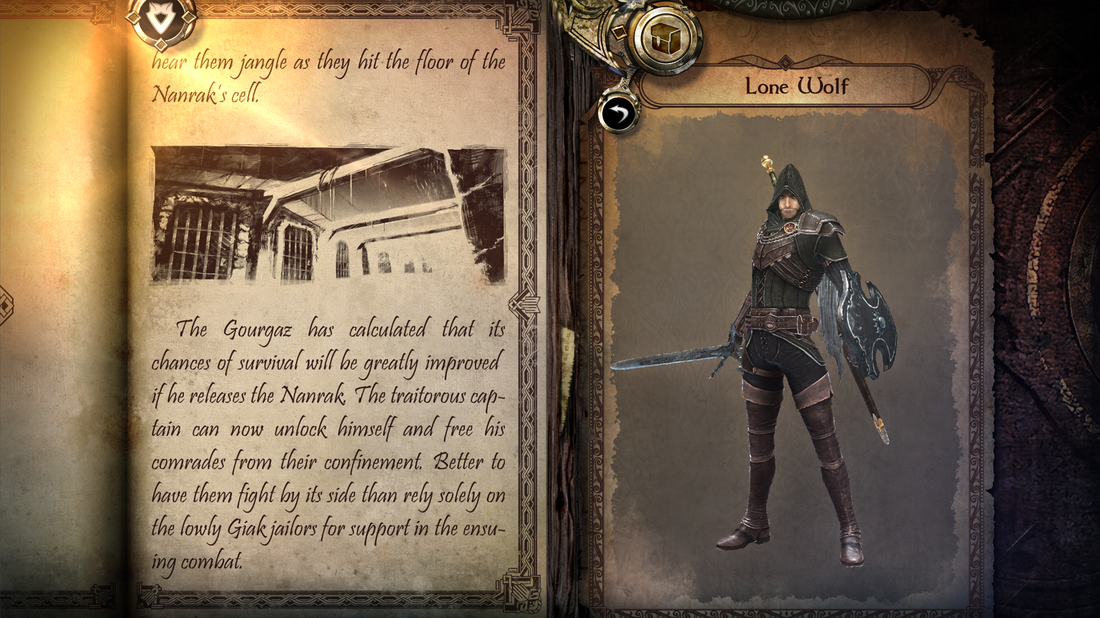
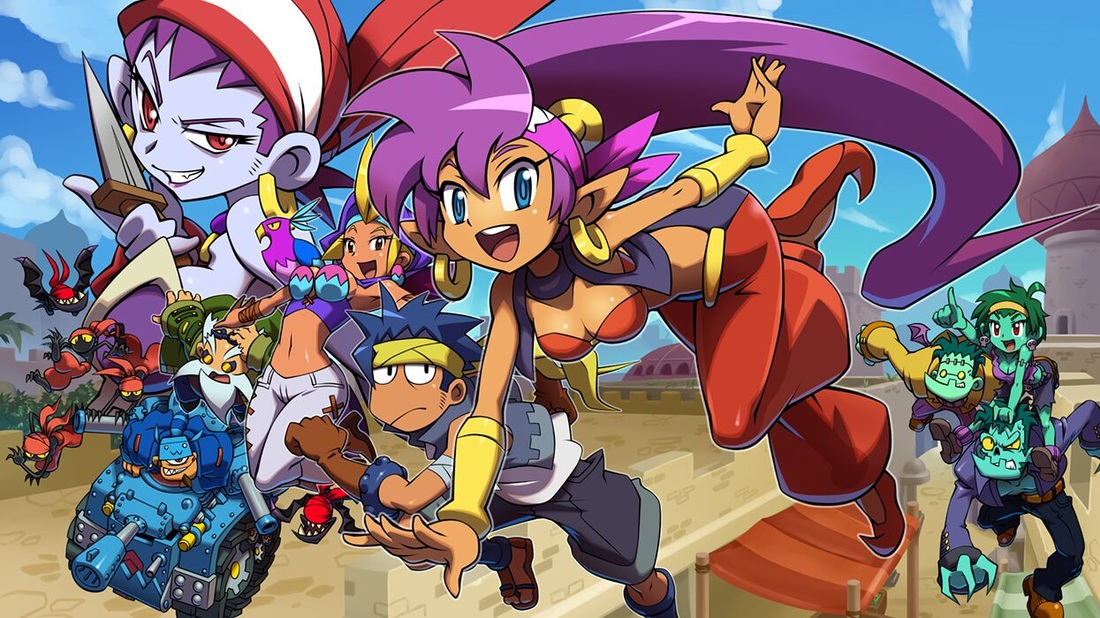


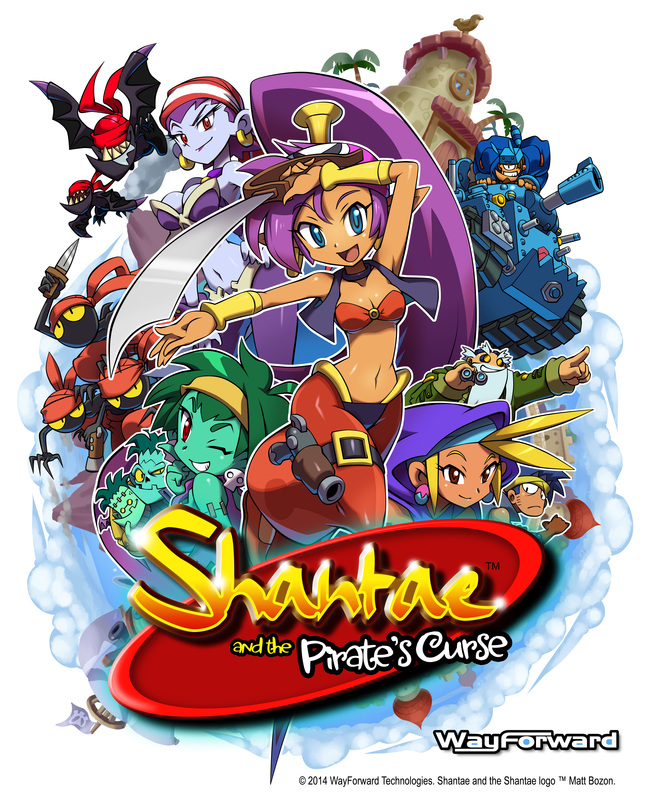
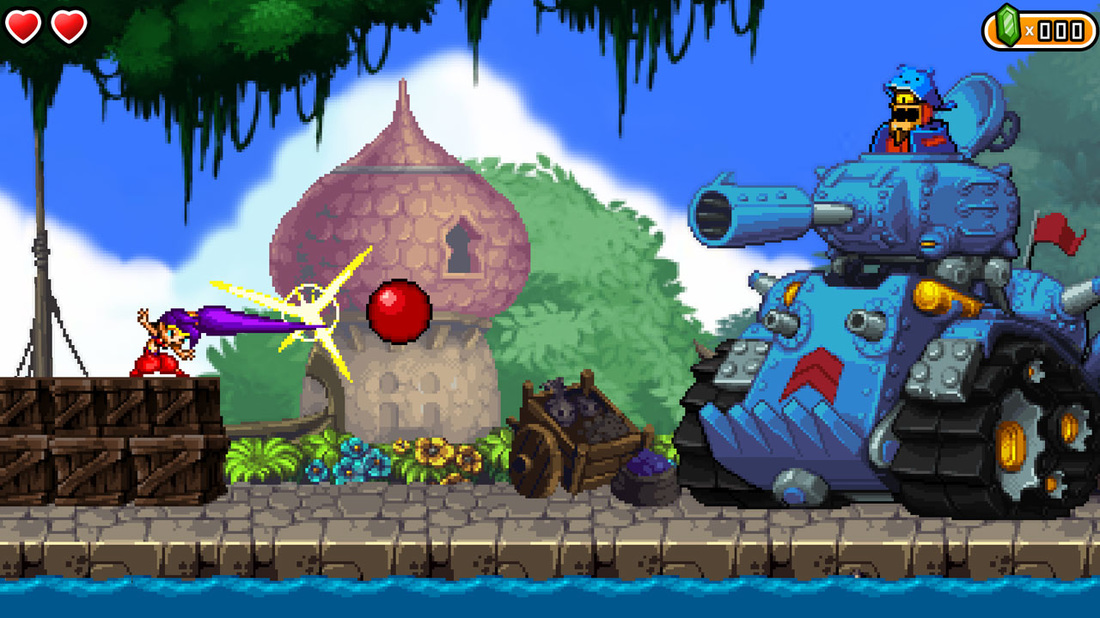
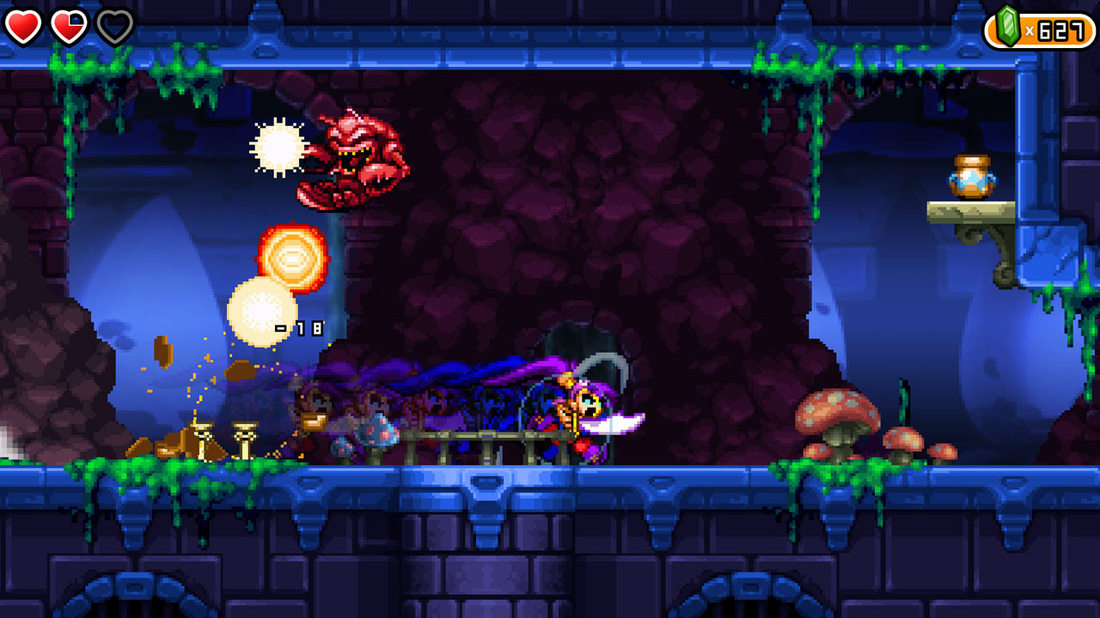
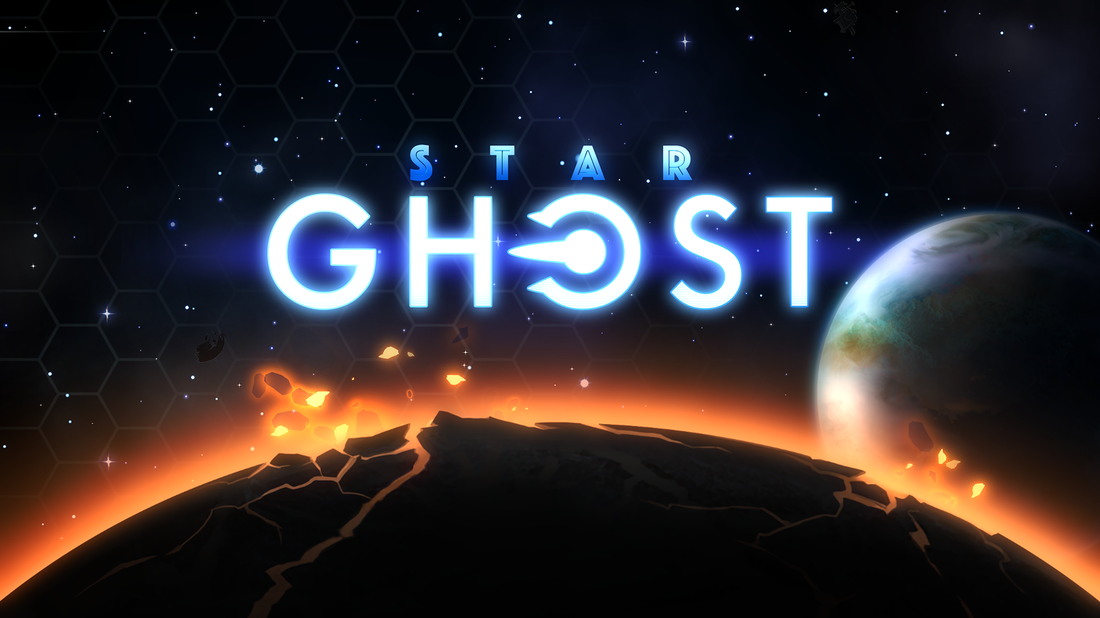


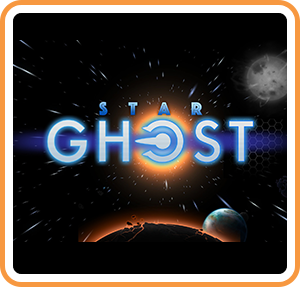
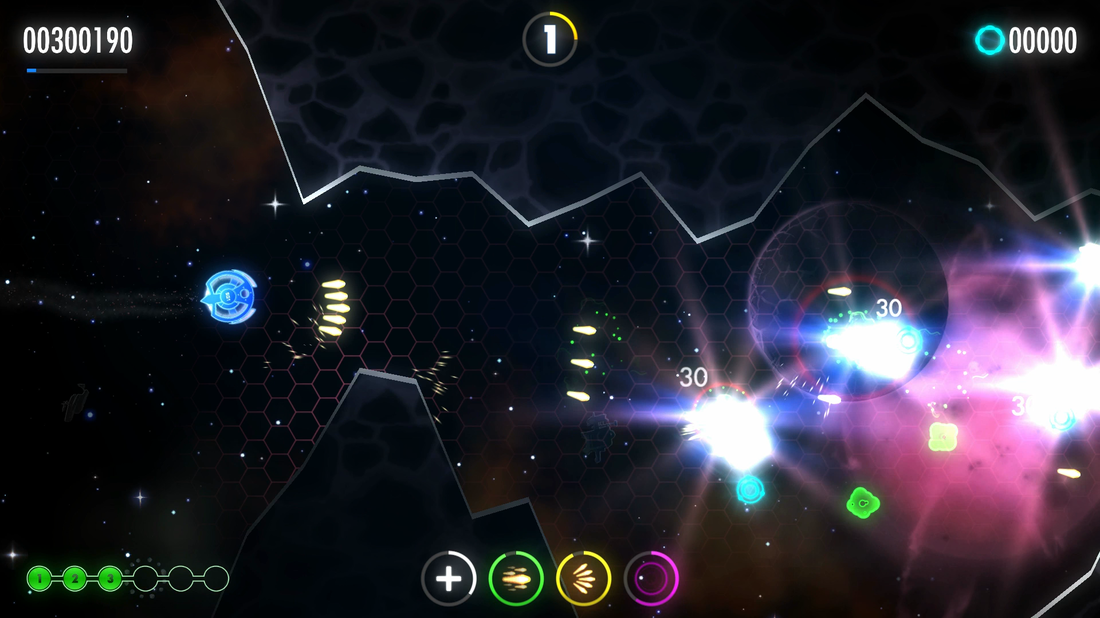
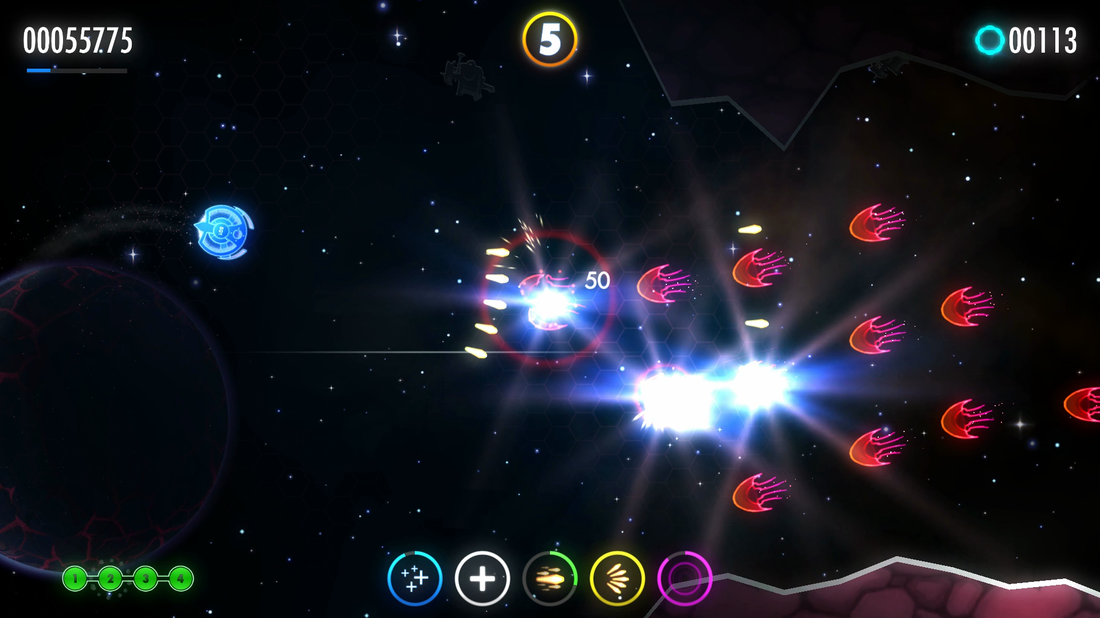
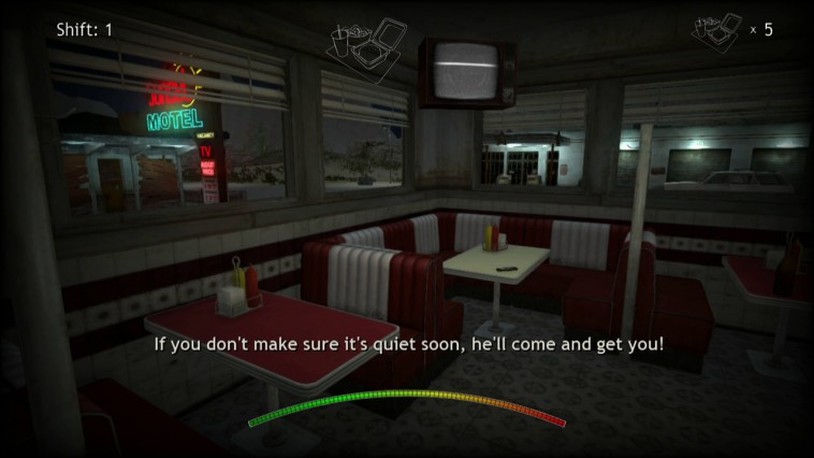


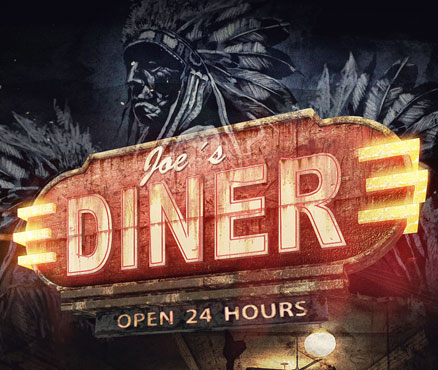
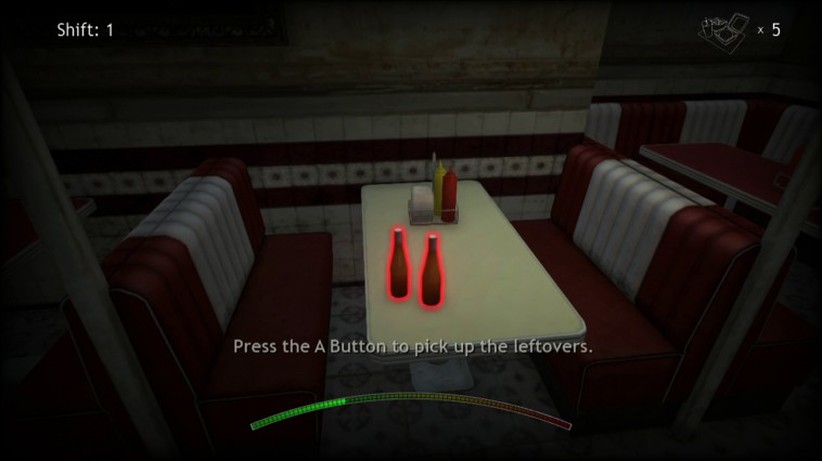
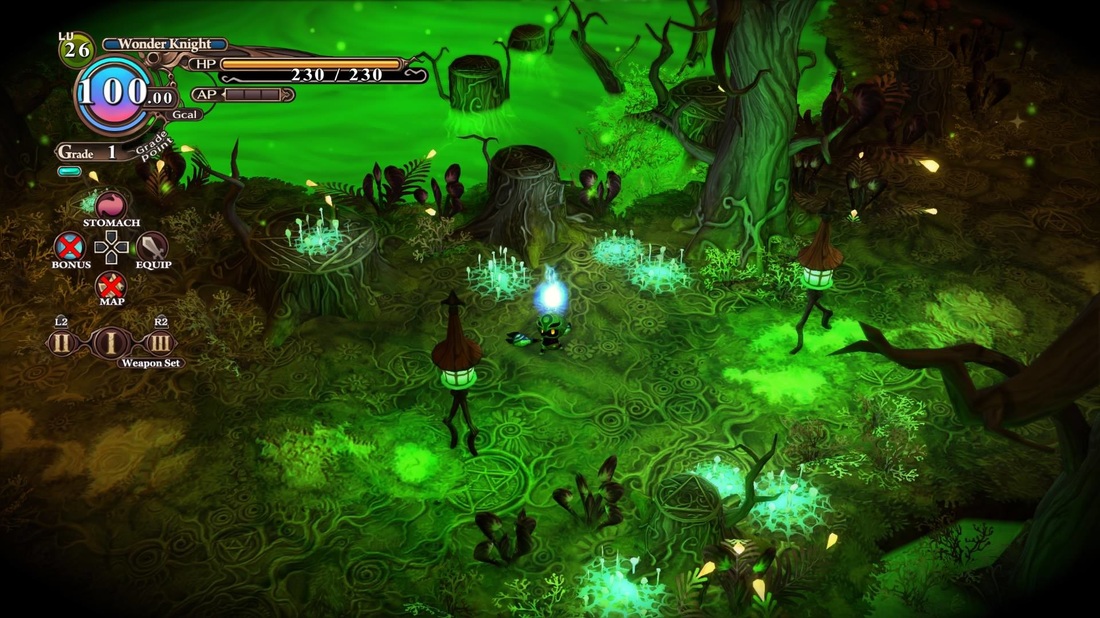


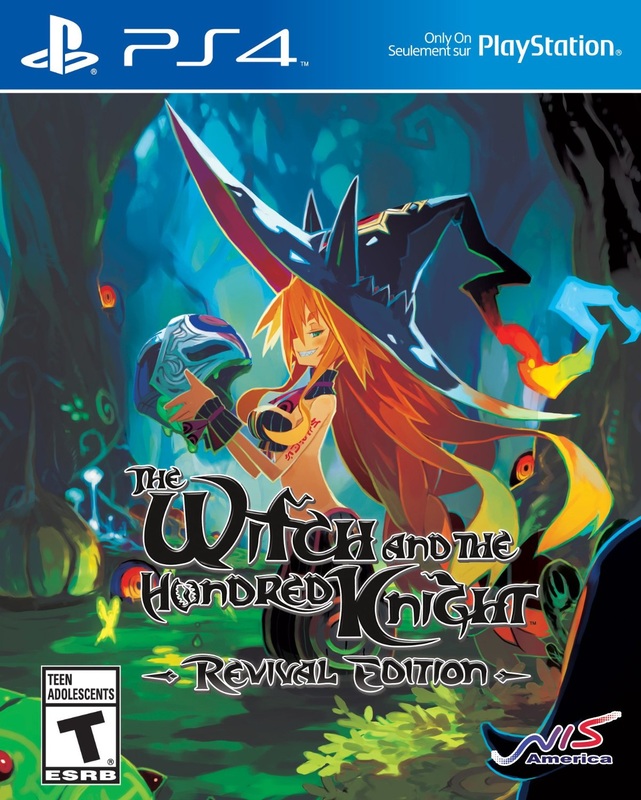
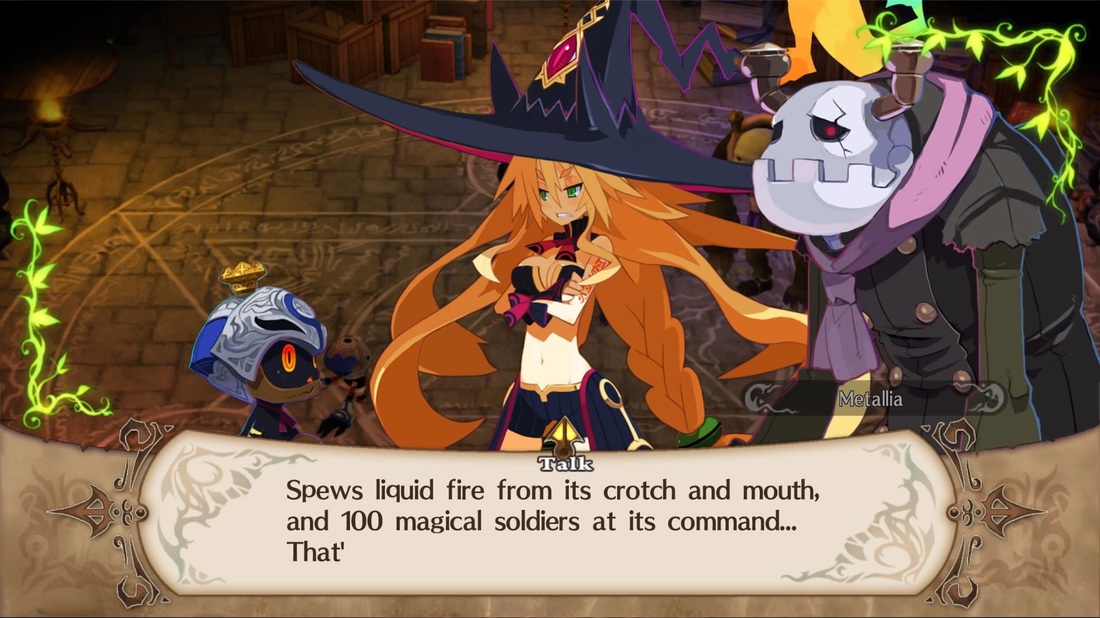
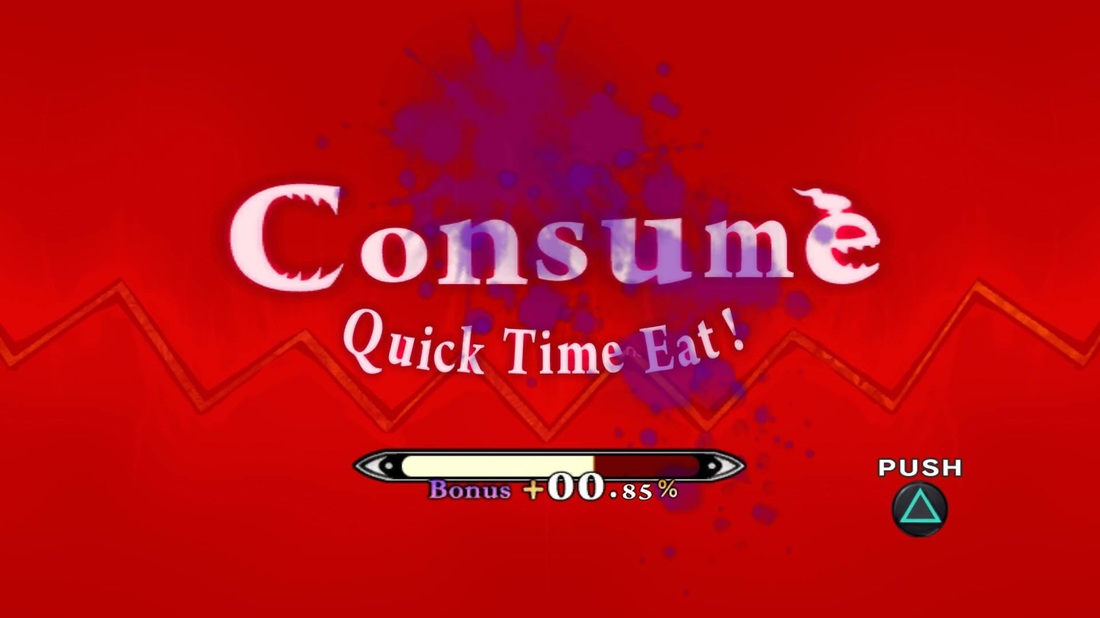
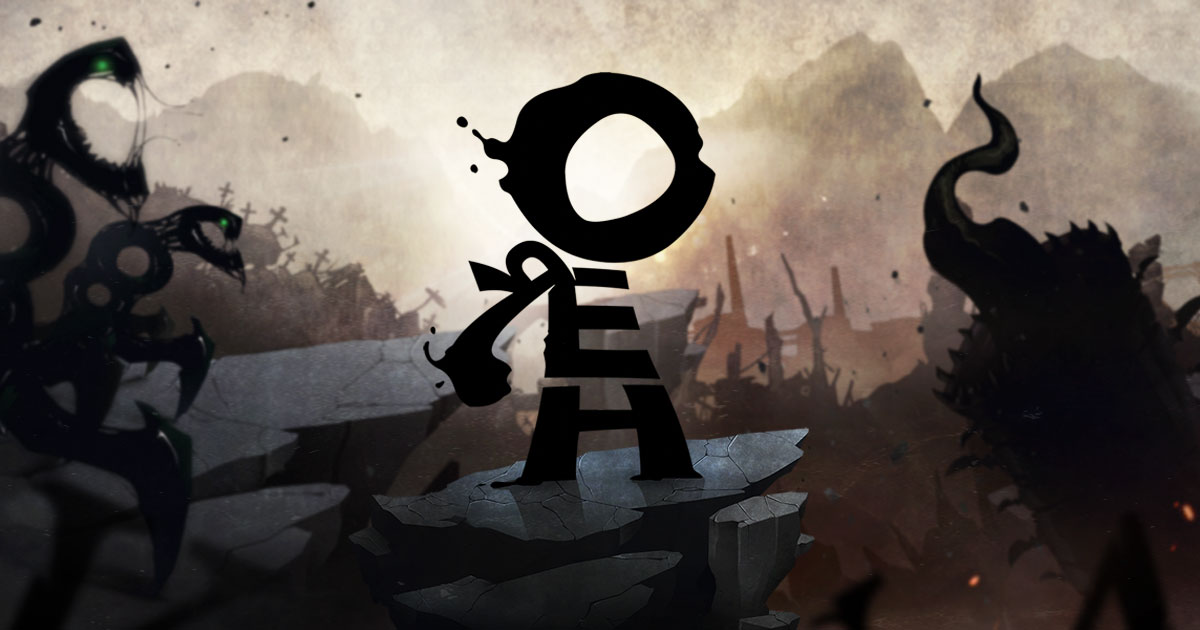


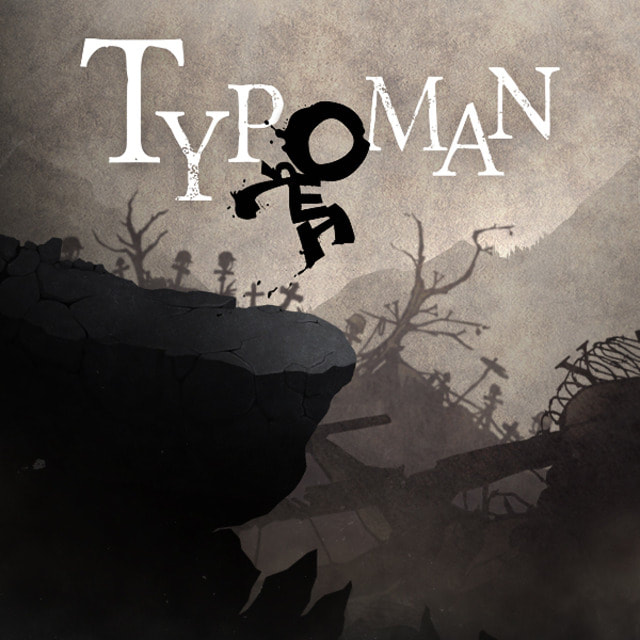
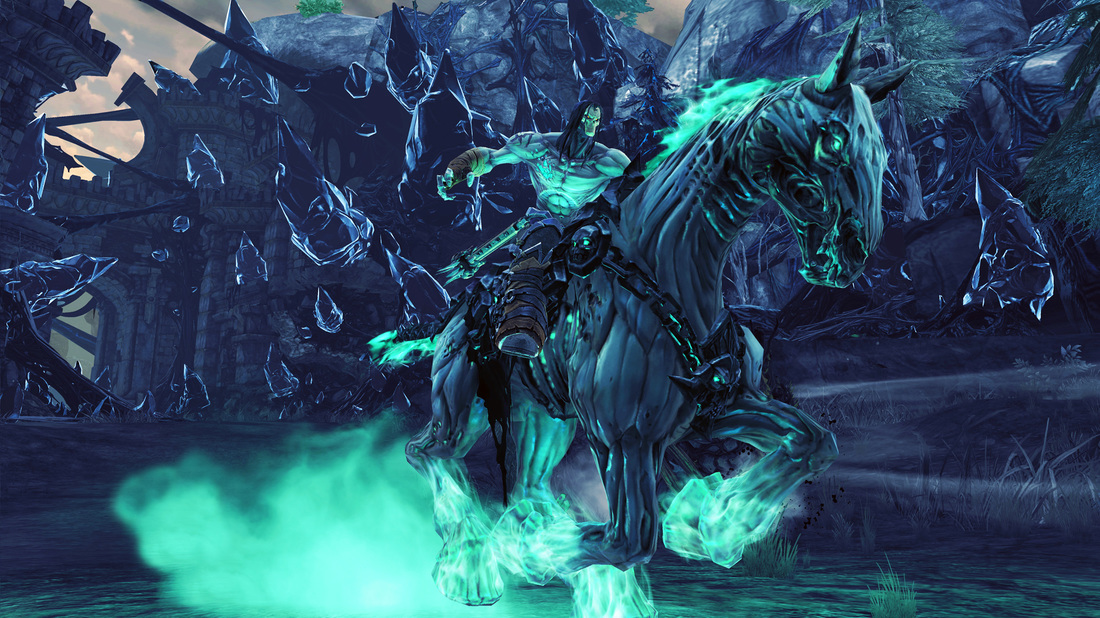


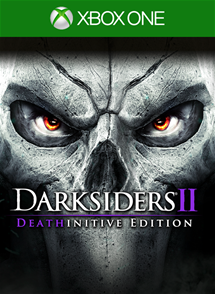
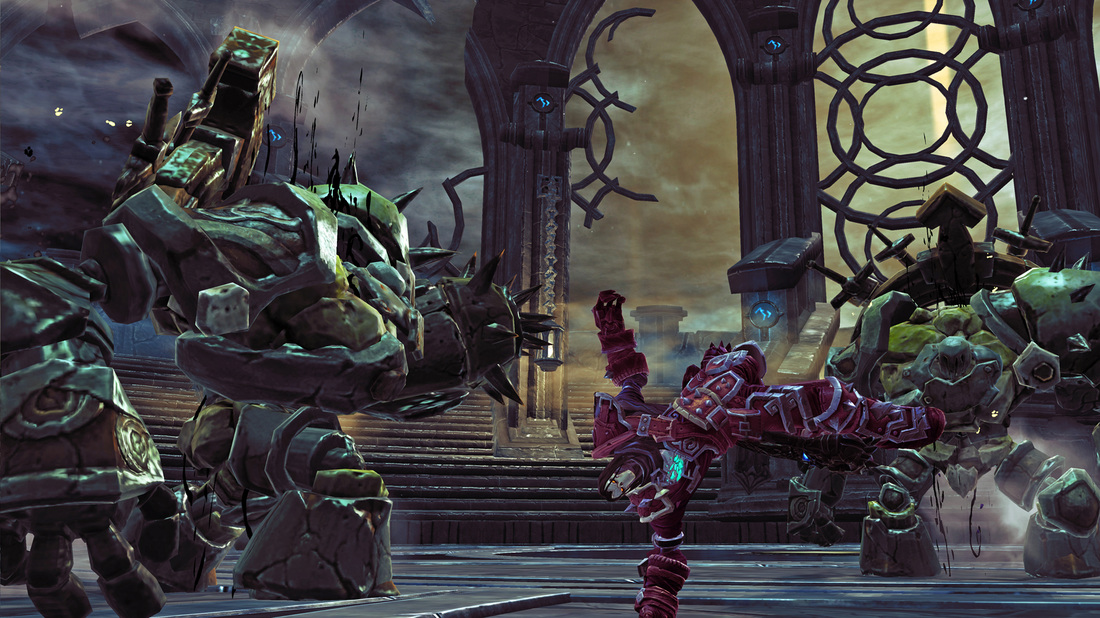
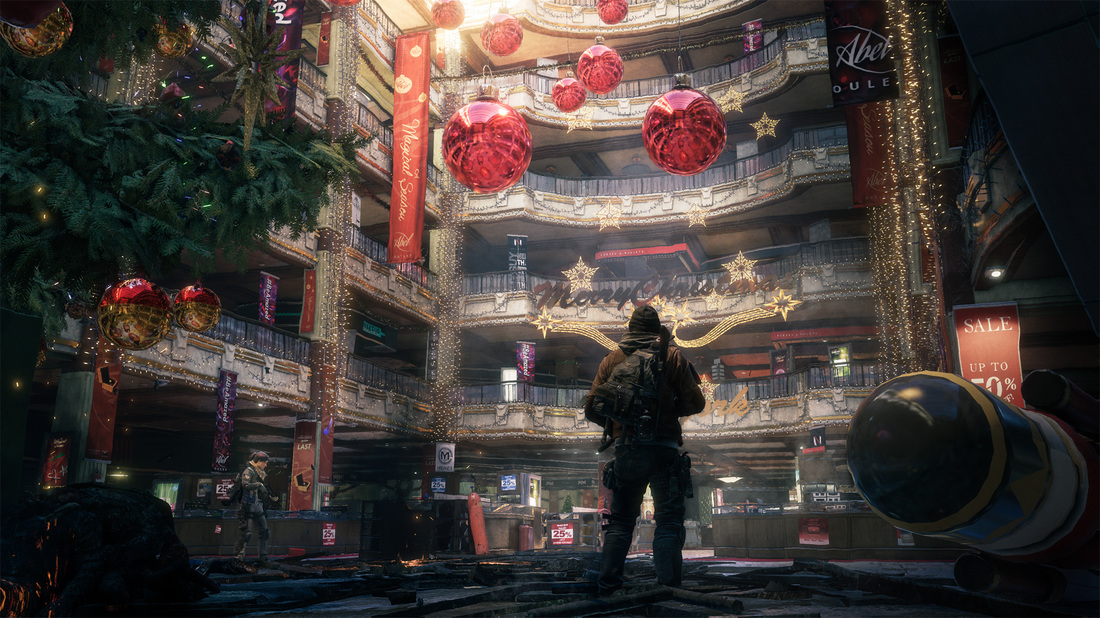


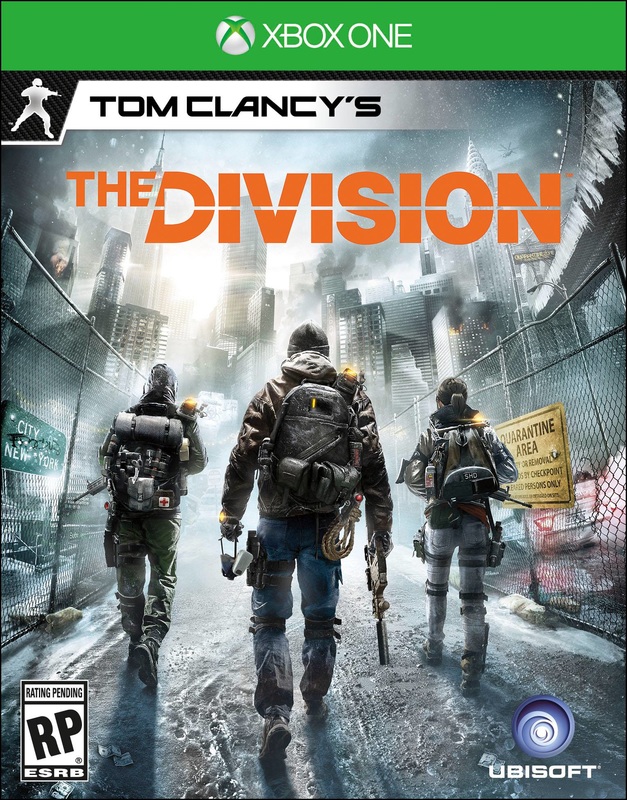
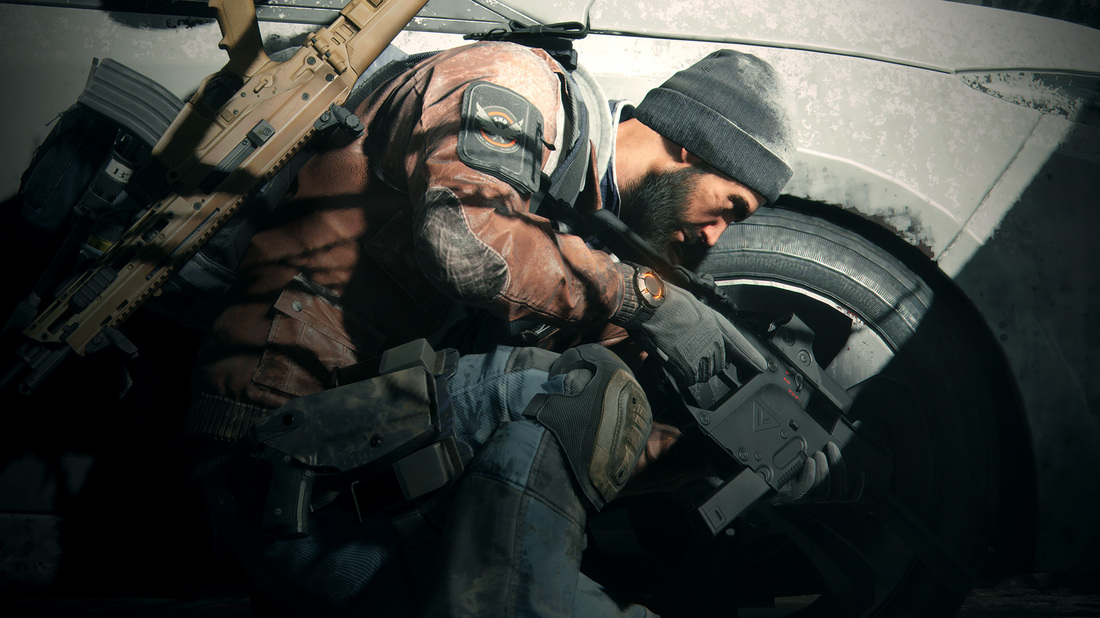
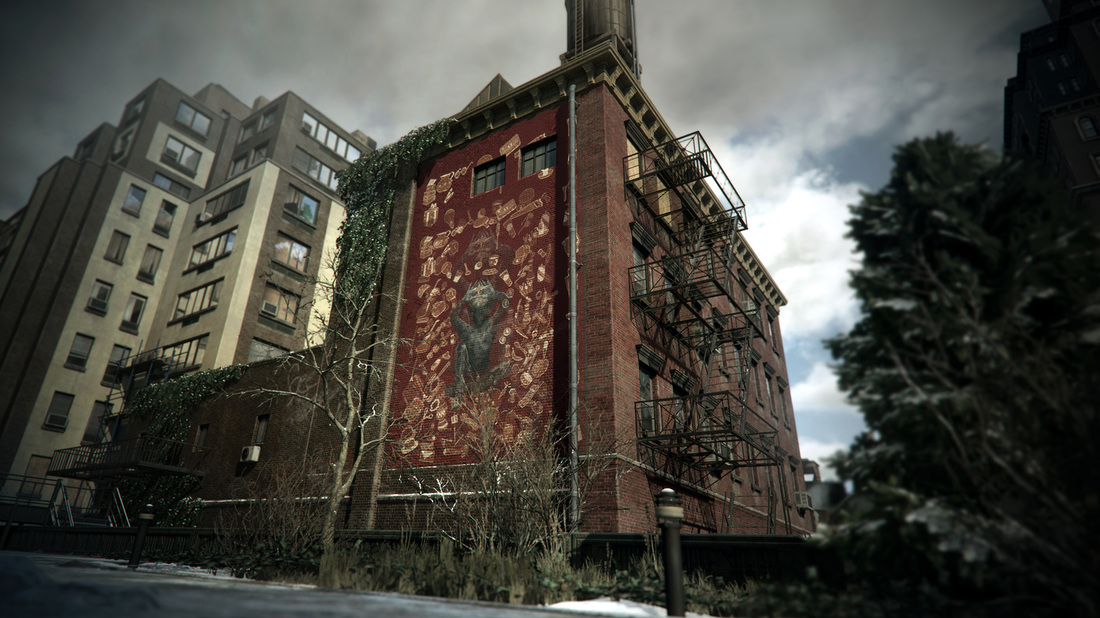
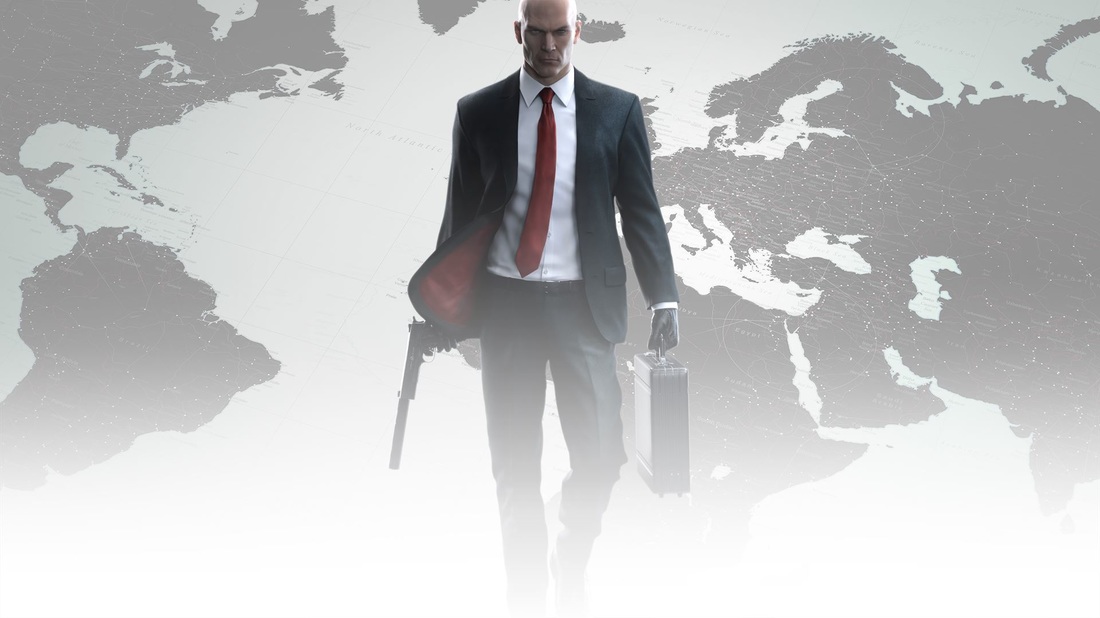


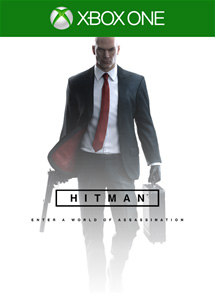

 RSS Feed
RSS Feed